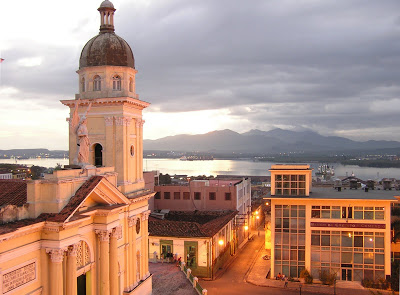
Santiago de Cuba
The city of Santiago de Cuba stands in a horseshoe-shaped basin on the east side of one of the three natural harbors on the south coast of Cuba. Cuba’s second city and once the capital of the country offers imposing monuments and historical sites from almost every period of the city’s 500-year history. The city was founded several kilometers from its current location by Diego Velazquez in 1515 and its first mayor was the future conqueror of Mexico, Hernan Cortes. Santiago is also considered the “Cradle of the Revolution”. In July 1953, a group of young men and women led by Fidel Castro attacked the second largest military barracks on the island: the Moncada Barracks. The attack was the first organized action against Batista’s dictatorship. It was in Santiago de Cuba that in the first days of January 1959 Fidel appeared in public to declare the triumph of the Revolution. Its cultural life is rich. Santiago’s contribution to the melting of Spanish, African and Haitian culture has made it Cuba’s most Caribbean city. With its rich culture, the birthplace of son hosts one of the most prestigious festivals in the Caribbean every year: the Festival of the Caribbean also known as Fiesta del Fuego.






